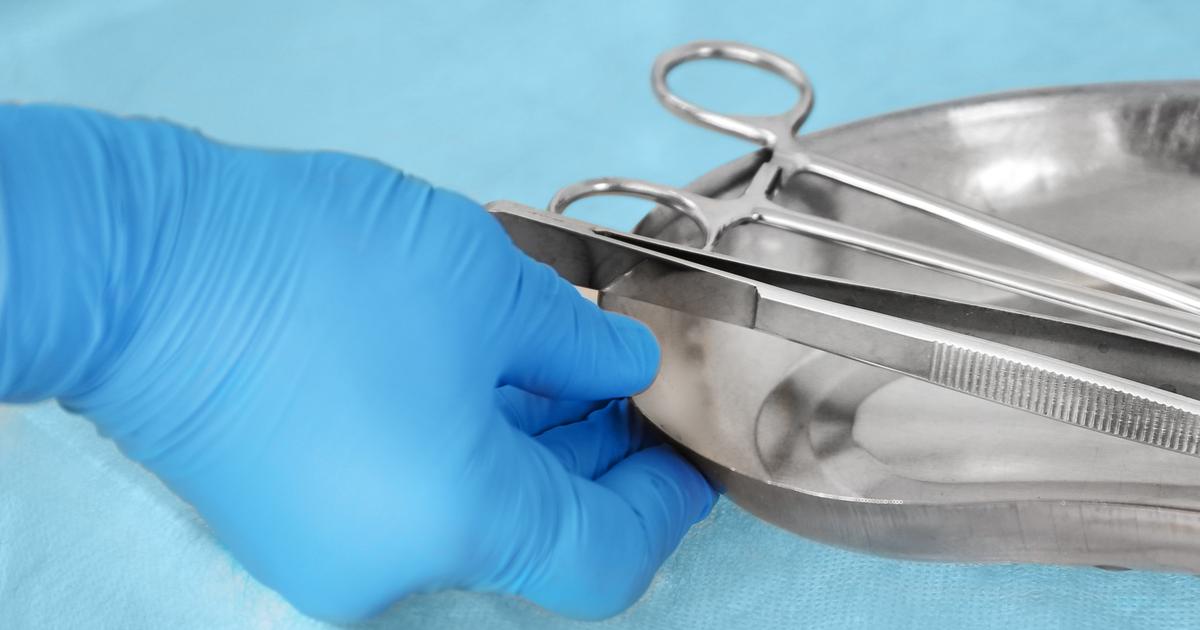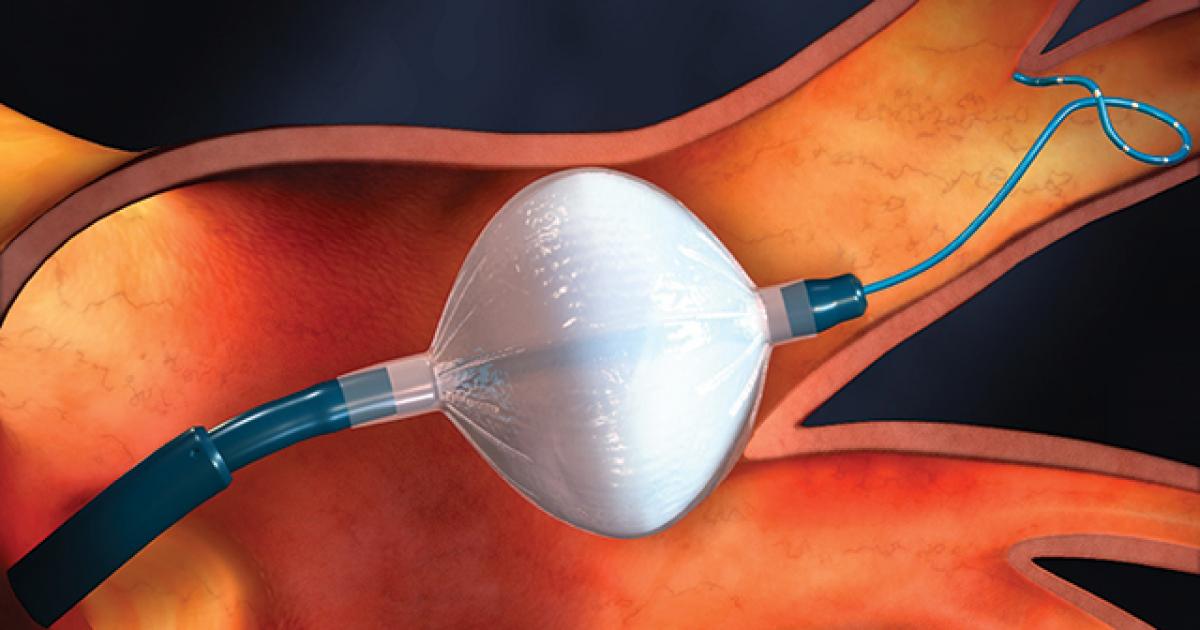Guide To Atrial Fibrillation Treatment
Maze Procedure

A maze procedure is known to be an effective way to treat a patient who experiences atrial fibrillation frequently due to the abnormal and excessive transmission of electrical impulses through the heart tissues. The maze procedure is typically one of the last resort treatments because it is not minimally invasive and requires open-heart surgery. During a maze procedure, the surgeon uses cryotherapy, radiofrequency, or a scalpel to produce a particular pattern that will form into scar tissue. Scar tissue is denser than normal tissue and does not conduct electricity as healthy tissues do. The scar tissue is produced in a certain part of the patient's heart muscle to stop the ability of stray and erratic electrical impulses to flow through these tissues and cause the patient to have atrial fibrillation. The maze procedure can be done at the same time as another major open-heart surgical procedure, like a heart valve repair or coronary artery bypass. Maze procedures for atrial fibrillation are generally successful, but it is also not unheard of for atrial fibrillation to eventually return.
Catheter Ablation

When methods of cardioversion and medications are not effective at treating atrial fibrillation, catheter ablation is usually the next method used. Catheter ablation is a minimally invasive procedure used to destroy the sections of tissue in the patient's heart causing atrial fibrillation. During a catheter ablation procedure, a catheter or long thin tube is inserted into a large vessel in the patient's groin and is threaded up to their heart. The places in the heart causing the inappropriate conduction of electricity are then identified and located. The surgeon then uses the catheter to apply cryotherapy, radiofrequency, or heat to destroy these tissues. This process causes scar tissue to form as a replacement for the tissue that was destroyed. Scar tissue is stiffer and denser than normal tissue, making it unable to conduct electricity. This scar tissue helps redirect the electrical impulses in the patient's heart back to a healthy and normal path and pattern.
